The Ashes: A Battle of Nations Where Pride and Legacy Clash in a High-Stakes Showdown of Cricketing Titans, Igniting Nationalistic Fury and Divisive Allegiances That Mirror the Most Contentious Political Struggles of Our Time.
The Ashes series between Australia and England is not merely a cricketing contest; it is a historical rivalry steeped in national pride, cultural identity, and sporting legacy. As the two nations prepare to clash once again, the stakes have never been higher. The series, which has been a cornerstone of international cricket since its inception in 1882, has evolved into a battleground where not just runs and wickets are contested, but also the very essence of each nation’s cricketing heritage.
For England, the upcoming series represents a chance to reclaim the Ashes after a disheartening 15-year drought on Australian soil. The last time England emerged victorious in Australia was during the 2007-08 series, a triumph that now feels like a distant memory. Since then, the tourists have faced a series of humiliating defeats, failing to win a single Test on their last three tours. This historical context adds a layer of urgency to the current squad, led by the inspirational Ben Stokes, who has transformed the team’s mentality and approach to the game. Under his leadership, England has adopted an aggressive style of play, often referred to as “Bazball,” which has reinvigorated the side and instilled a sense of belief that they can compete with the best.
Stokes, who has been a talismanic figure for England, faces the monumental task of leading a team that has often faltered under pressure in Australian conditions. His dual role as captain and all-rounder places immense responsibility on his shoulders, particularly with the bowling attack that may rely heavily on his contributions. The question looms large: can Stokes maintain his fitness and form throughout a grueling five-Test series? His ability to perform under pressure will be pivotal, especially given the absence of key players like Jofra Archer, who is returning from injury and has yet to fully regain his rhythm.
On the other side of the divide, Australia enters the series with a formidable reputation and a squad brimming with talent. The absence of captain Pat Cummins for the first Test due to injury is a significant blow, yet the depth of the Australian team means they are far from weakened. Stand-in captain Steve Smith, a veteran of the Ashes, has a storied history against England and is poised to lead by example. His batting prowess, particularly in the middle order, will be crucial as he aims to surpass Jack Hobbs in the all-time Ashes century rankings. Smith’s experience and tactical acumen will be invaluable as Australia seeks to assert its dominance on home soil.
The Australian bowling attack, featuring the likes of Mitchell Starc, Josh Hazlewood, and Nathan Lyon, presents a daunting challenge for the English batsmen. Starc’s left-arm pace and ability to swing the ball at high speeds have historically troubled England, while Hazlewood’s accuracy and seam movement make him a constant threat. Lyon, as the lead spinner, adds a different dimension to the attack, particularly on pitches that may offer turn as the series progresses. The combination of pace and spin is a hallmark of Australian cricket, and the home side will look to exploit any weaknesses in the English batting lineup.
As the series unfolds across five Tests in various cities, the narrative will be shaped not only by individual performances but also by the broader themes of national pride and historical significance. The Ashes have always been about more than just cricket; they encapsulate a rivalry that reflects the cultural and social dynamics of both nations. The passion and intensity surrounding the series often lead to heightened emotions among fans, drawing parallels to political and social struggles that resonate beyond the cricket field.
The players themselves are acutely aware of the weight of history on their shoulders. For many, this series represents a chance to etch their names into the annals of cricketing lore. The likes of Joe Root, who has been a stalwart for England, will be eager to break his personal drought of centuries in Australia, while younger players like Harry Brook and Zak Crawley will be looking to make their mark on the biggest stage. The blend of experience and youth in both squads adds an intriguing layer to the competition, as established stars face off against emerging talents.
The Ashes series is also a reflection of the evolving nature of cricket itself. With the advent of T20 leagues and the increasing commercialization of the sport, the traditional format of Test cricket faces challenges in maintaining its relevance. However, the Ashes remain a bastion of the longest format, drawing fans from around the world who cherish the drama and intricacies of Test matches. The series serves as a reminder of the sport’s rich heritage and the enduring appeal of a contest that transcends mere statistics.
As the players prepare to take the field, the anticipation builds. The Ashes are not just a series of matches; they are a clash of cultures, a test of character, and a celebration of cricketing excellence. The outcome will resonate far beyond the scoreboard, influencing perceptions of national identity and sporting legacy for years to come. The stage is set for a battle that promises to be as fierce as it is historic, with both teams vying not just for victory, but for the pride of their nations and the honor of the Ashes.
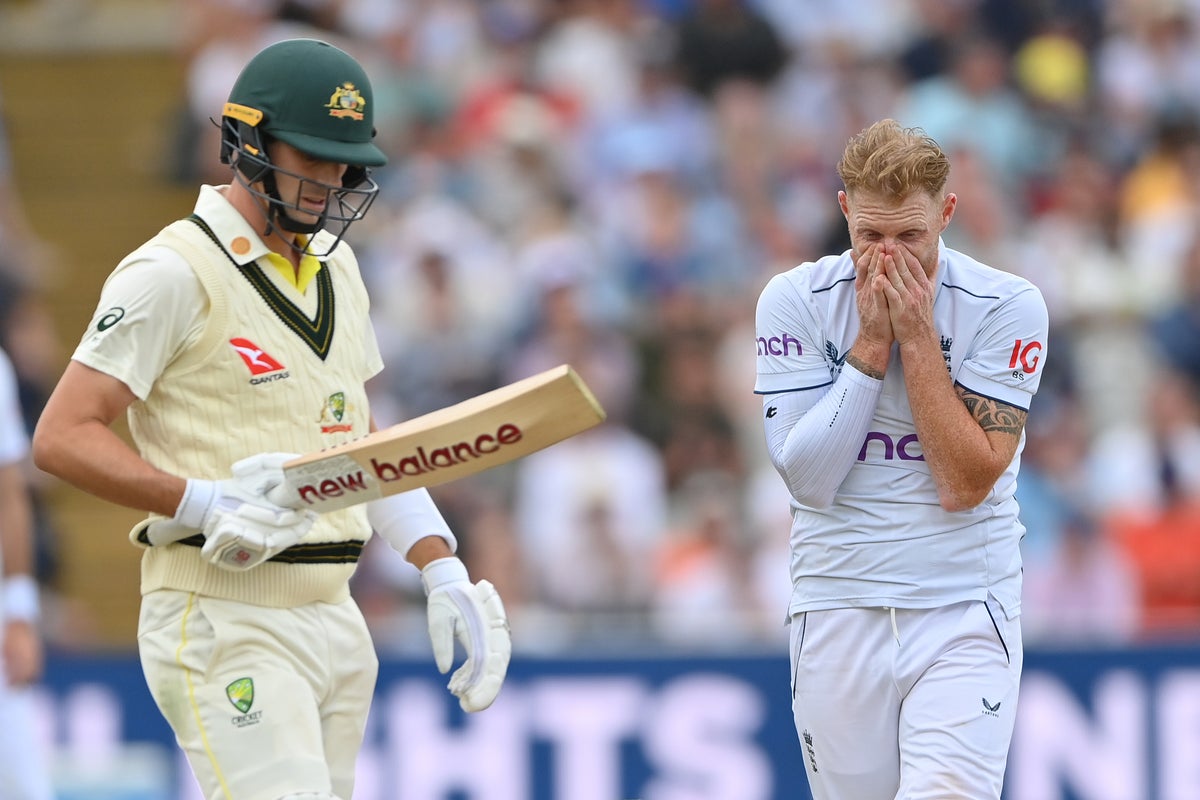
An eagerly-anticipated Ashes series is almost upon us as England cricket attempt to win back the urn from Australia cricket.
It is 15 years since England last triumphed Down Under, with the tourists failing to win a single Tests on three trips back to Australia since that 3-1 series success.
The tourists’ improved fortunes under the leadership of captain Ben Stokes has swelled hope, though, of a more competitive series after a thrilling 2023 affair on English soil.
Australia secured a 2-2 draw to retain the Ashes then and will give no ground to their fierce rivals – even if they are without captain Pat Cummins for the first Test at least due to a back injury.
Who are the players set to do battle across five Tests and five cities over the next couple of months? Here’s The Independent’s guide to the two squads – and our combined XI:
Australia
Steve Smith (captain)
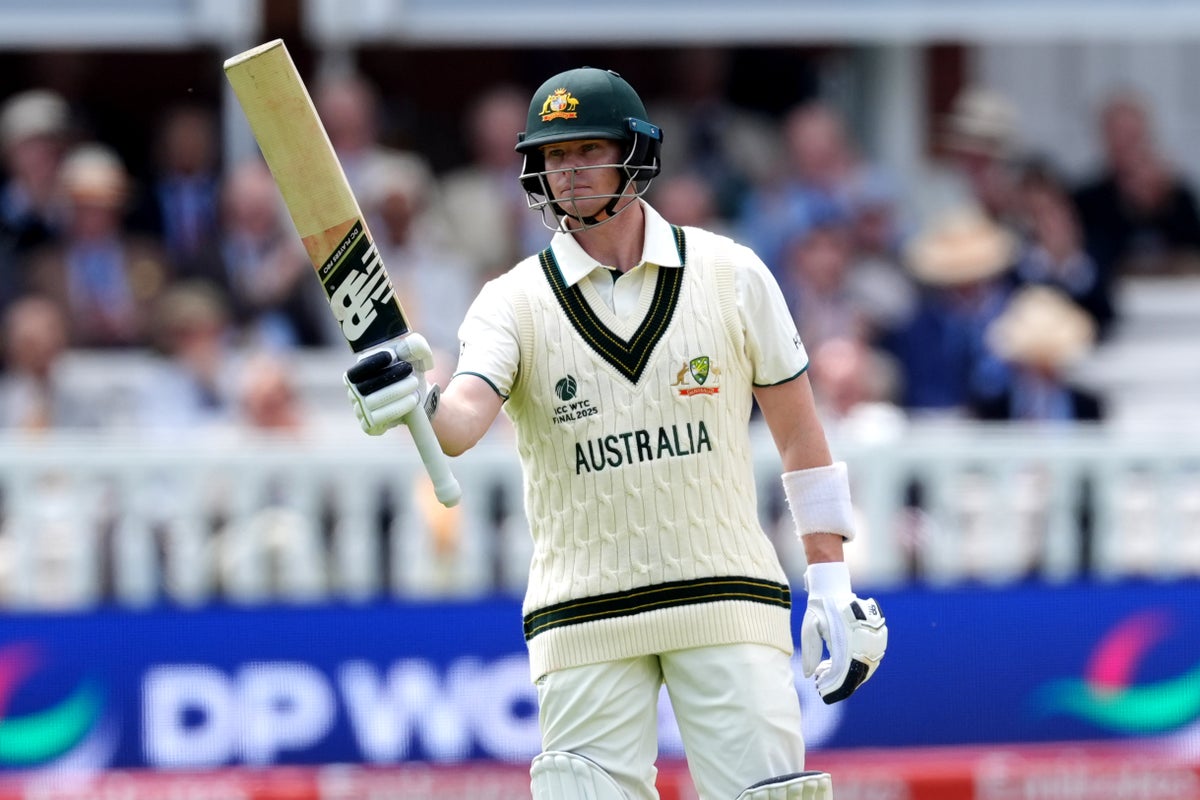
Stand-in skipper for the injured Cummins, this could be the last series against England for Ashes great Smith. Shunted up to open a couple of years ago after the retirement of David Warner, the unorthodox right-hander has been back to his best in the last 12 months in a more familiar spot at No 4. One more hundred would take him past Jack Hobbs for the second most in the Ashes – behind only a certain DG Bradman.
Sean Abbott
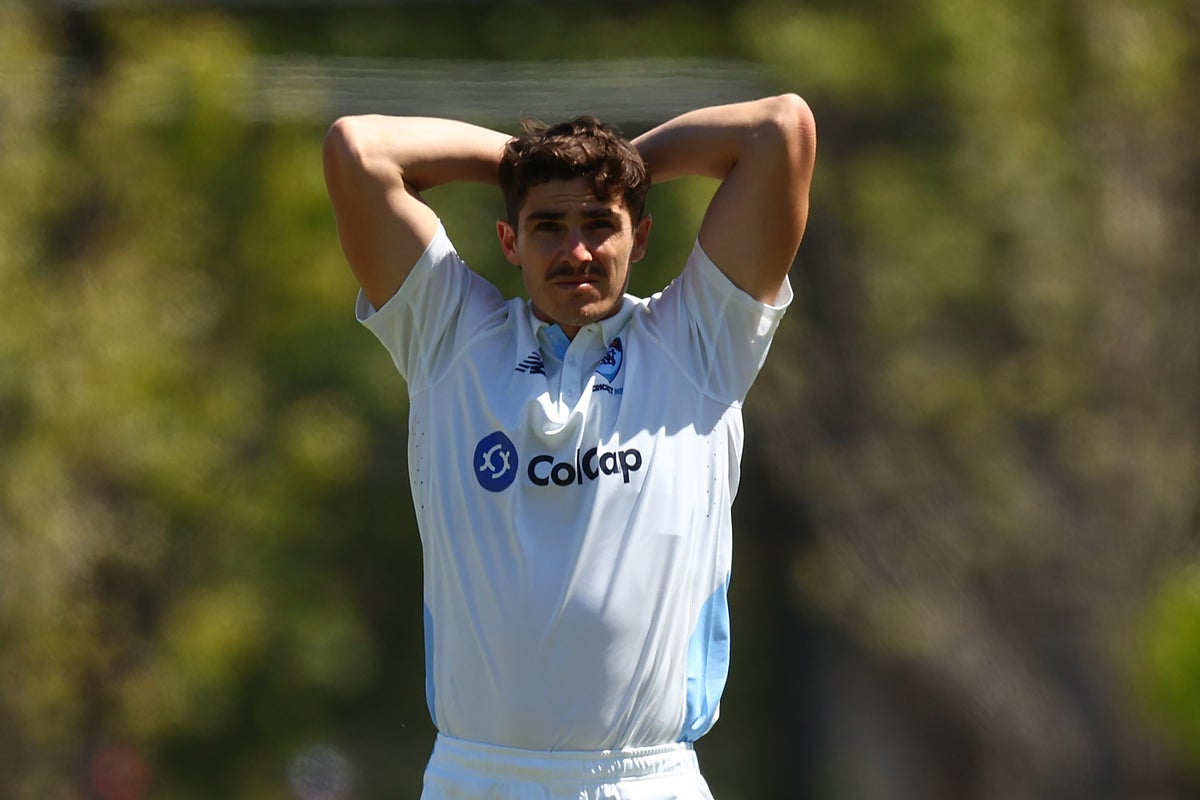
Still awaiting a Test debut but a regular in Australia’s white-ball sides, Abbott doesn’t have the eye-catching Sheffield Shield numbers of seamers like Fergus O’Neill but is an experienced, adaptable cricketer and solid squad man. A first-class batting average of nearly 25 shows his all-round prowess; Surrey fans may remember a remarkable 34-ball hundred against Kent in the T20 Blast in 2023.
Scott Boland
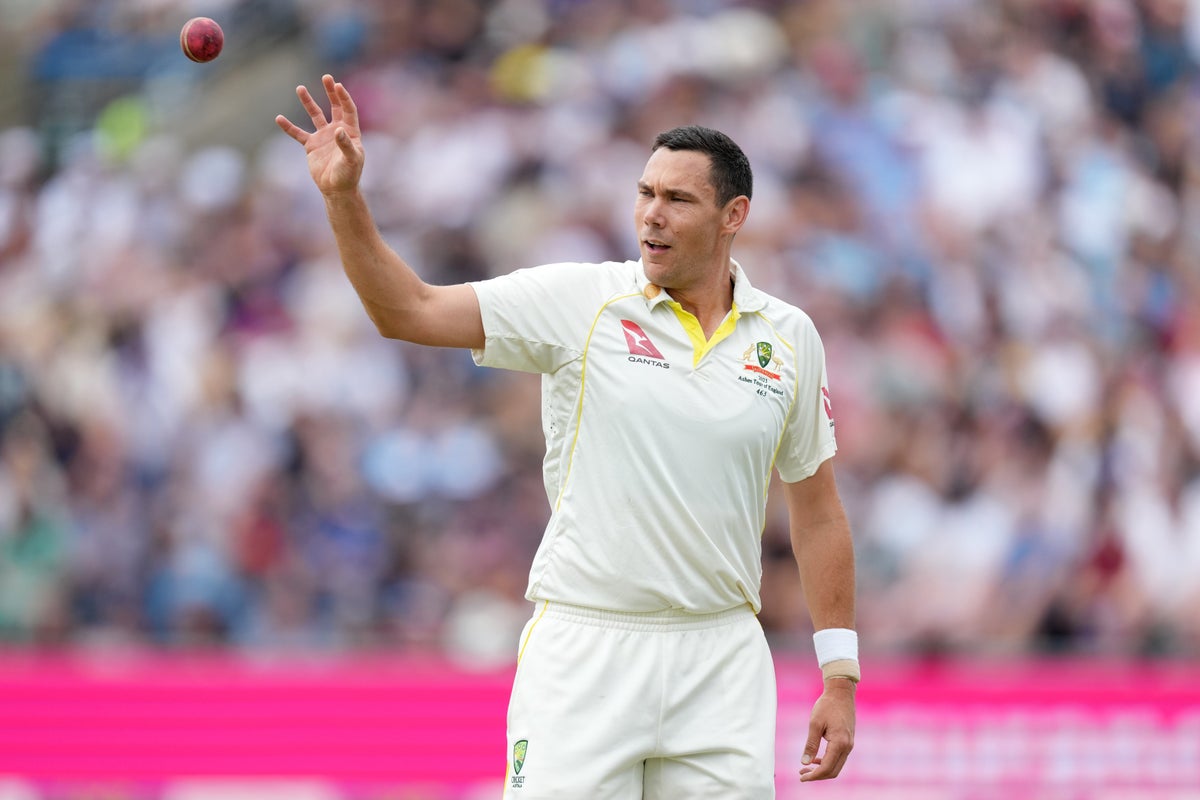
Boland burst on to the Test scene during the last Ashes Down Under, ripping England’s order apart with figures of 6 for 7 at the MCG. He ended his debut series with a bowling average below 10, torturing the tourists with traditional tools of line, length and seam movement. The return series provided more modest returns as England went on the attack against the tall Victorian but if the pitches nip, as they’ve tended to in Australia over the last few years, he’ll be a handful as Cummins’s replacement in Perth, and perhaps beyond.
Alex Carey (wk)
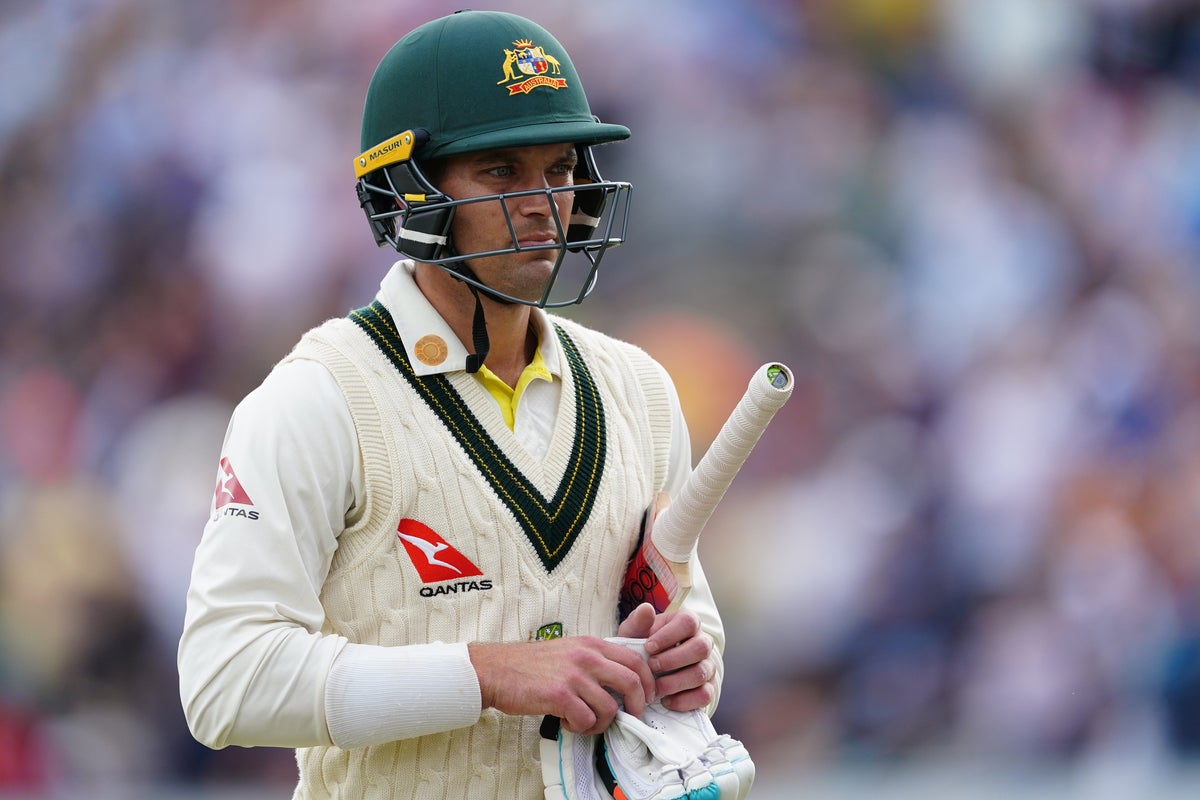
A circuitous journey into elite-level cricket included a dalliance with Aussie rules for Carey, but he is now firmly established as Australia’s first-choice gloveman. Possesses a good batting tempo and sound technique, with a sweep-happy approach against the spinners typical of a wicketkeeper. A relatively self-effacing character became a villain of sorts after stumping Jonny Bairstow at Lord’s during the 2023 series – England will be sure to remind him of his role but Carey has shown plenty of toughness through his career.
Brendan Doggett
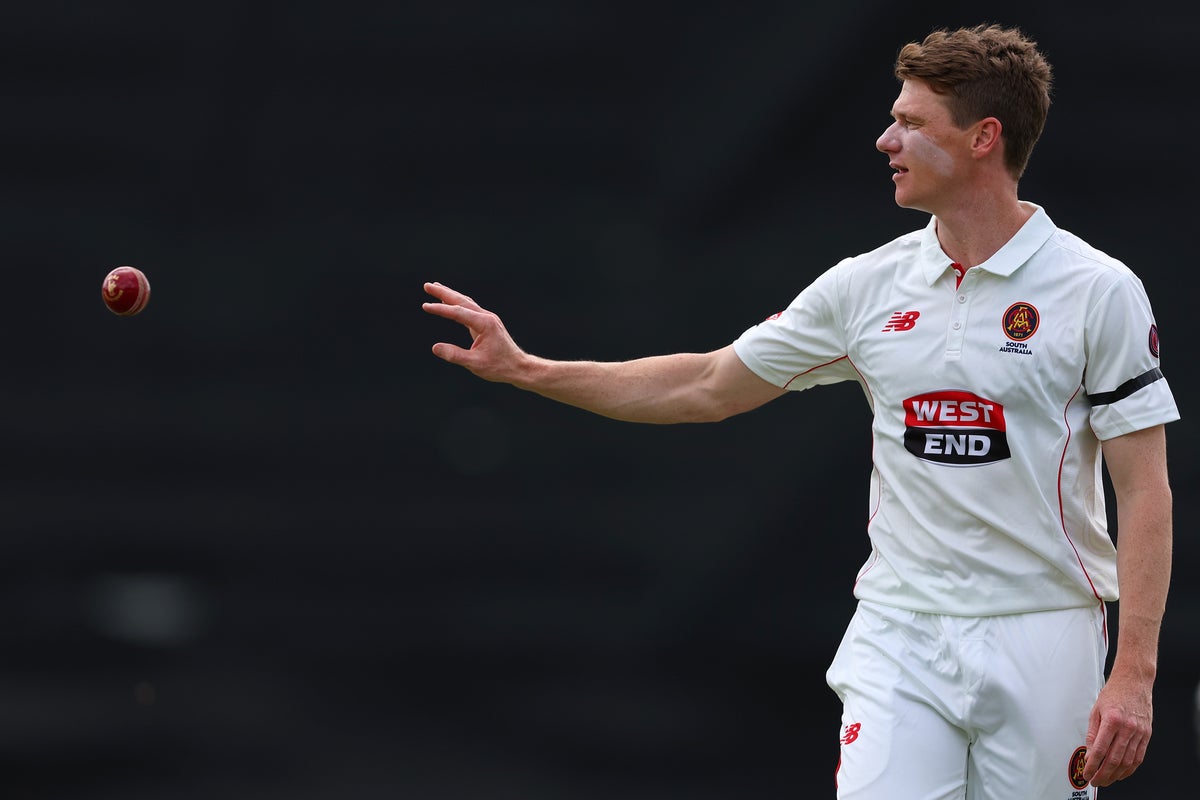
Doggett has been knocking around Australian squads since 2018 without ever really threatening for a first Test cap but continues to impress with his ability to generate pace and bounce. That has earned him the nod as seam cover ahead of O’Neill, Michael Neser and Nathan McAndrew, with whom Doggett shares the new ball in a potent South Australia attack.
Cameron Green

A cricketer of immaculate design, Green’s giant potential is yet to fully materialise in his numbers at Test level even if there is so much to like about what he offers. Injuries have curbed his bowling in the last couple of seasons yet he is capable of approaching 90mph from a 6-foot-7 frame, and he showed how his batting game is developing with a strong series at No 3 on devilish pitches in the West Indies. Likely to slide back down into an all-rounder role if he is able to operate as a support seam option, he’ll gobble up everything in the gully regardless.
Josh Hazlewood

Tall, accurate and quicker than you might think, comparisons with Glenn McGrath came naturally in Hazlewood’s early days but he has long escaped the great seamer’s shadow. His modus operandi has not changed since and Hazlewood should pass the 300-wicket mark early in the Ashes. Looked in excellent fettle zipping the ball past both edges of Indian bats during a white-ball series in October.
Travis Head
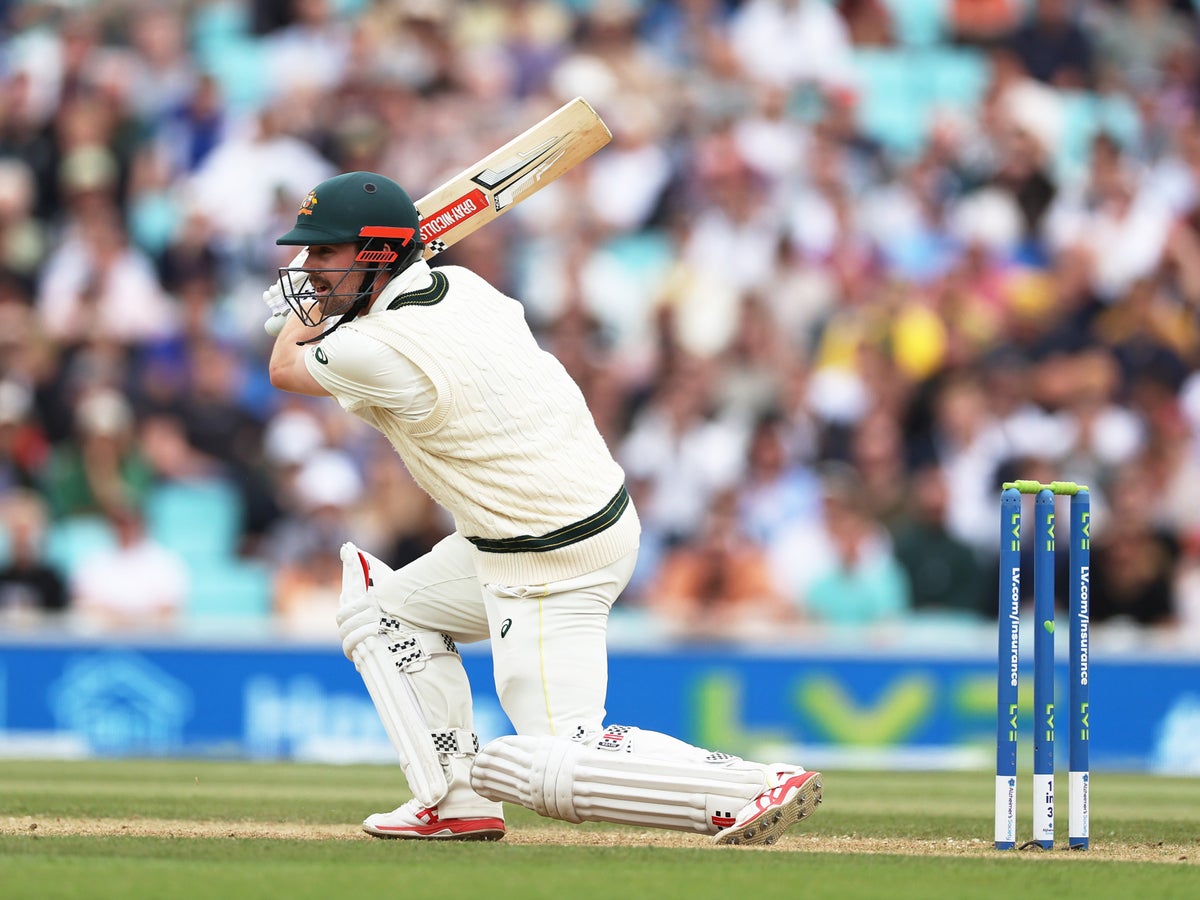
King of the counter-punch, Head has cast aside early frailties to become a vital middle-order figure for Australia. His magnificent 152 at the Gabba set the tone for the series four years ago and he’s since continued to be a man for the big stage, playing match-winning hands in the 2023 World Cup and World Test Championship finals. Sometimes utilised as an opener in spinning conditions, No 5 is his home at home.
Josh Inglis (wk)
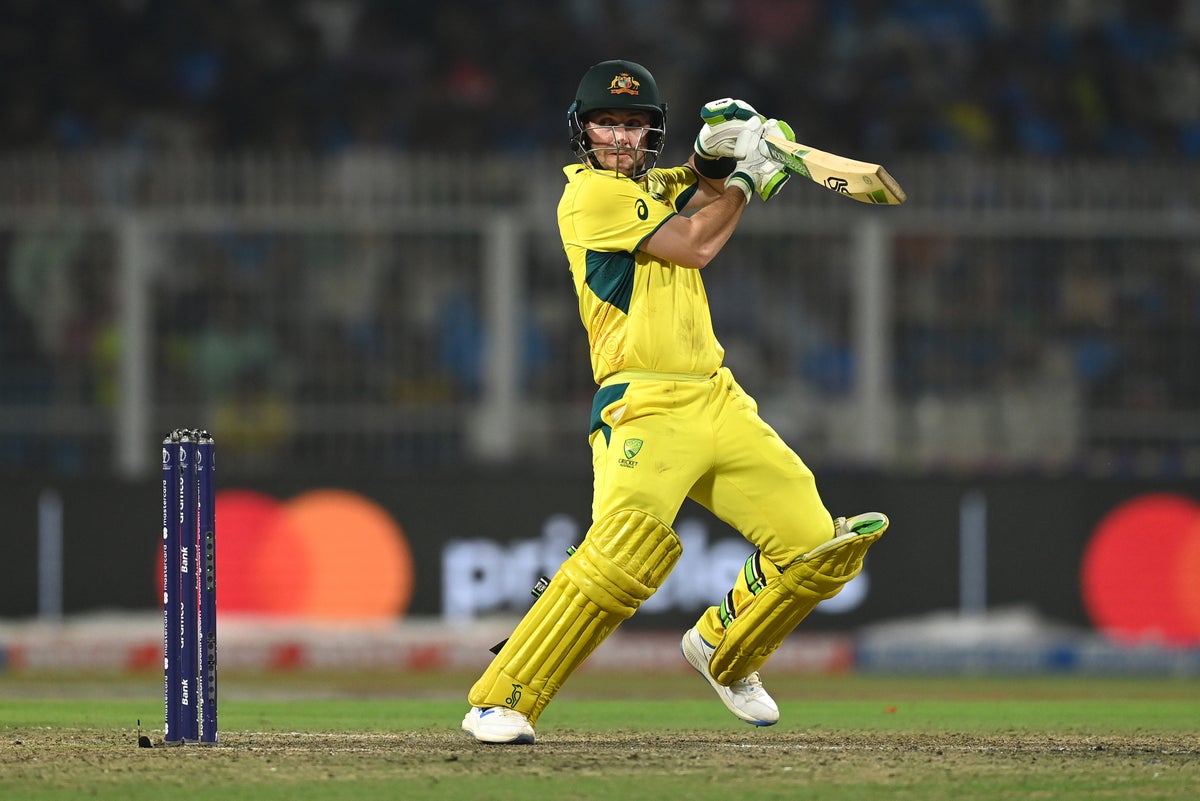
Born in Leeds before relocating to Perth as a 14-year-old, Inglis provides back-up to Carey with the gloves and versatile batting depth within the squad. Naturally attacking, Inglis made a spritely hundred on Test debut in Galle earlier this year yet soon found himself out of the side. Perhaps unlikely to feature if not for injury, he’s a handy option to have nonetheless.
Usman Khawaja

Once more of a stroke-maker, Khawaja’s second coming as a Test cricketer has come as an obdurate, obstinate opener. Twin tons at the SCG in 2022 cemented a spot at the top of the order that he has not yet relinquished, with the 38-year-old topping the run-scoring charts during the 2023 series. Perhaps now in his Test twilight, and England may feel they can worry him with high pace, Khawaja has proved the doubters wrong many a time and could be a defining figure.
Marnus Labuschagne
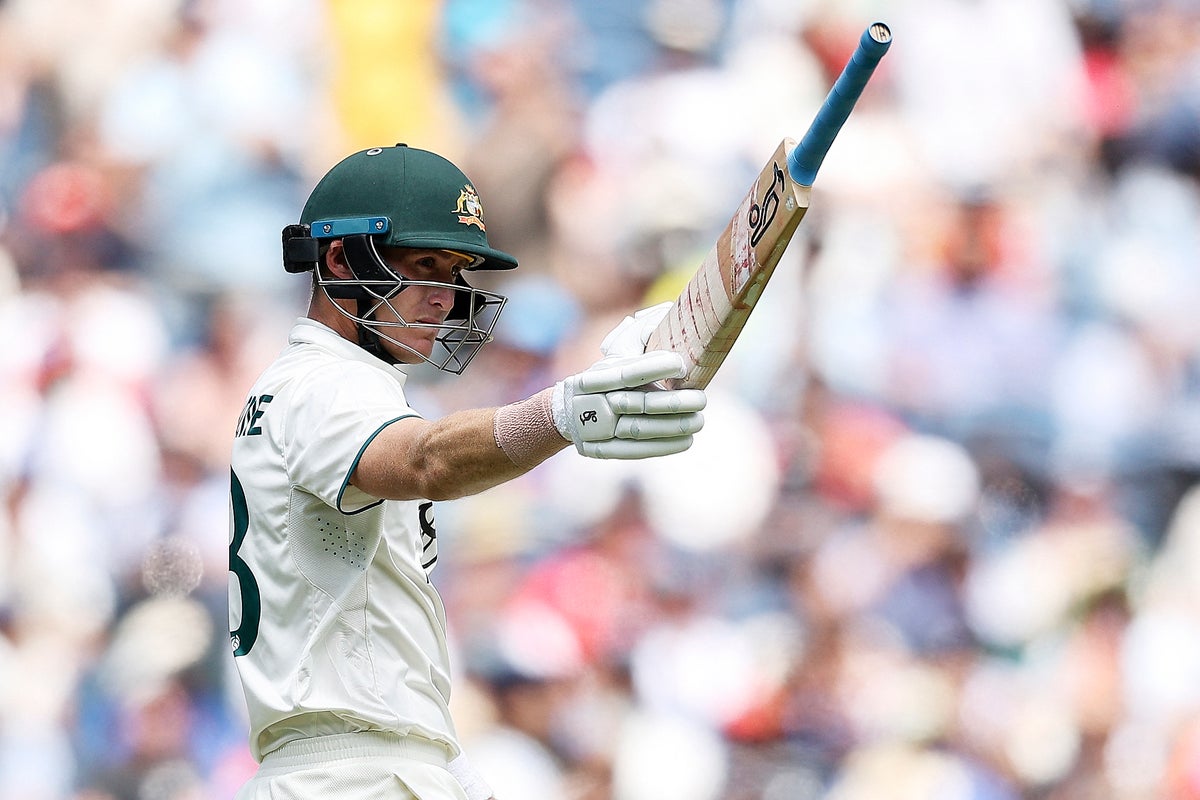
Dropped for the tour of Caribbean tasked with rediscovering the form that took him to No 1 in the Test batting rankings, Labuschagne compiled an irrefutable case for a recall in the opening weeks of the Australian domestic season. It remains to be seen whether he is installed as Khawaja’s partner or at first drop yet there is a sense of a batter who has found his method again – which could be bad news for the tourists.
Nathan Lyon

Lyon limping out of the last Ashes at Lord’s perhaps prevented Australia converting a 2-0 lead into a series success. The veteran off-spinner provides both control and real threat, even on Australian pitches that have been inhospitable for all bar the best visiting spinners during his time in the side. Staggeringly, now only one Test wicket behind Glenn McGrath – with only Shane Warne ahead among Australians.
Mitchell Starc

An outstanding exponent of left-arm swing bowling, Starc’s first-ball castling of Rory Burns was a harbinger of doom for England on their miserable trip last time around. A durable bowler who has always put the Test game first, his batting can go under-the-radar but may be of greater importance if Cummins plays a limited part; quirkily, Starc has the same Test top score (99) as wife Alyssa Healy.
Jake Weatherald

A first Test call-up has arrived at 31 for something of a late bloomer, with Weatherald timing his run well over the last 18 months to contend for a top-order vacancy. A dashing left-hander who first made his name in the Big Bash with the Adelaide Strikers, tweaks to his technique and split-handed grip have helped improve his first-class record. Born in Darwin in Australia’s far north, he now dwells in Tasmania.
Beau Webster
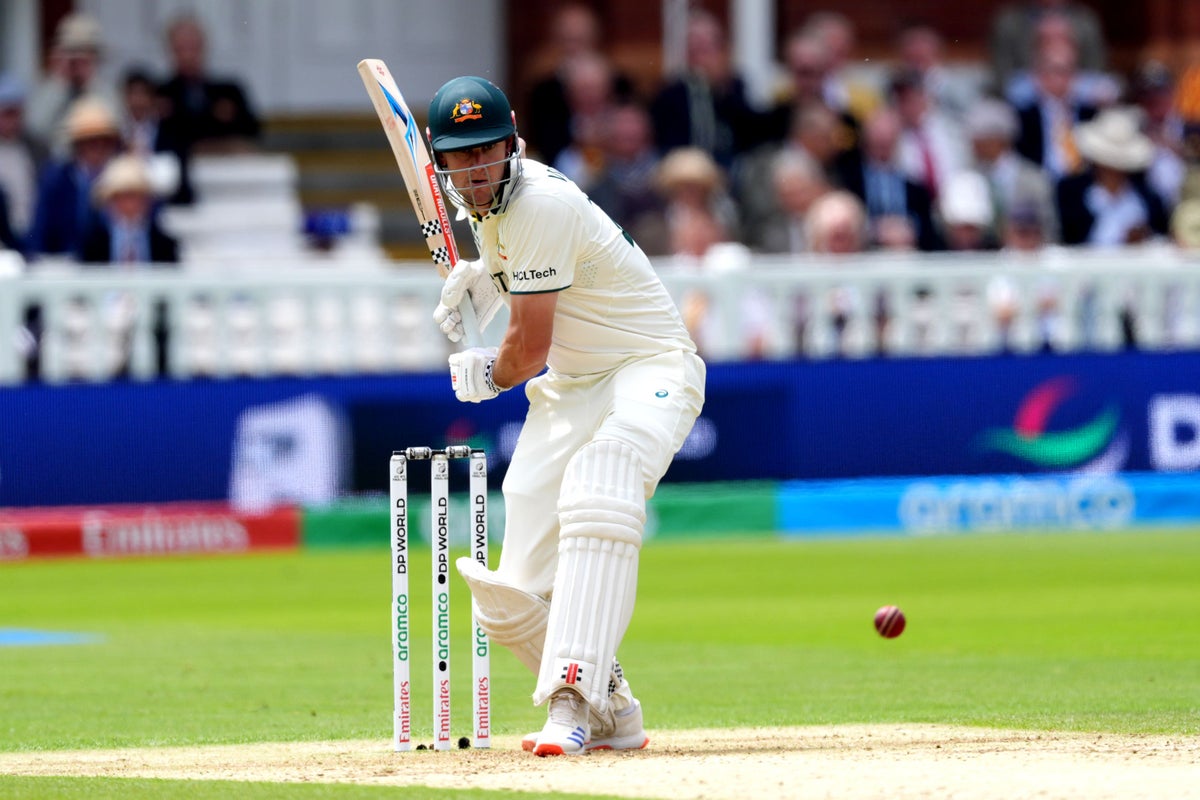
Another Tasmanian, Webster may find himself unfortunate to be squeezed out of the XI if Green is fit to bowl having done little wrong in his seven Tests to date. Another two-metre tall titan, Webster used to bowl off-spin before picking up pace bowling in one of the pandemic lockdowns in an attempt to make greater use of his natural frame. It proved an inspired switch that has helped take him into the Test set-up, even if batting remains his stronger suit.
Pat Cummins*

Ruled out of the first Test in Perth and in a race against time to be fit for the second at The Gabba, but Cummins will surely be back to lead Australia at some stage. An immaculate fast bowler who tortures the top of off stump with seam movement, Cummins also adds more-than-handy lower-order runs and has a habit of seeing his side over the line. A perceived passivity as a captain in the field has been questioned by some yet his record as a leader is very good.
England
Ben Stokes (captain)
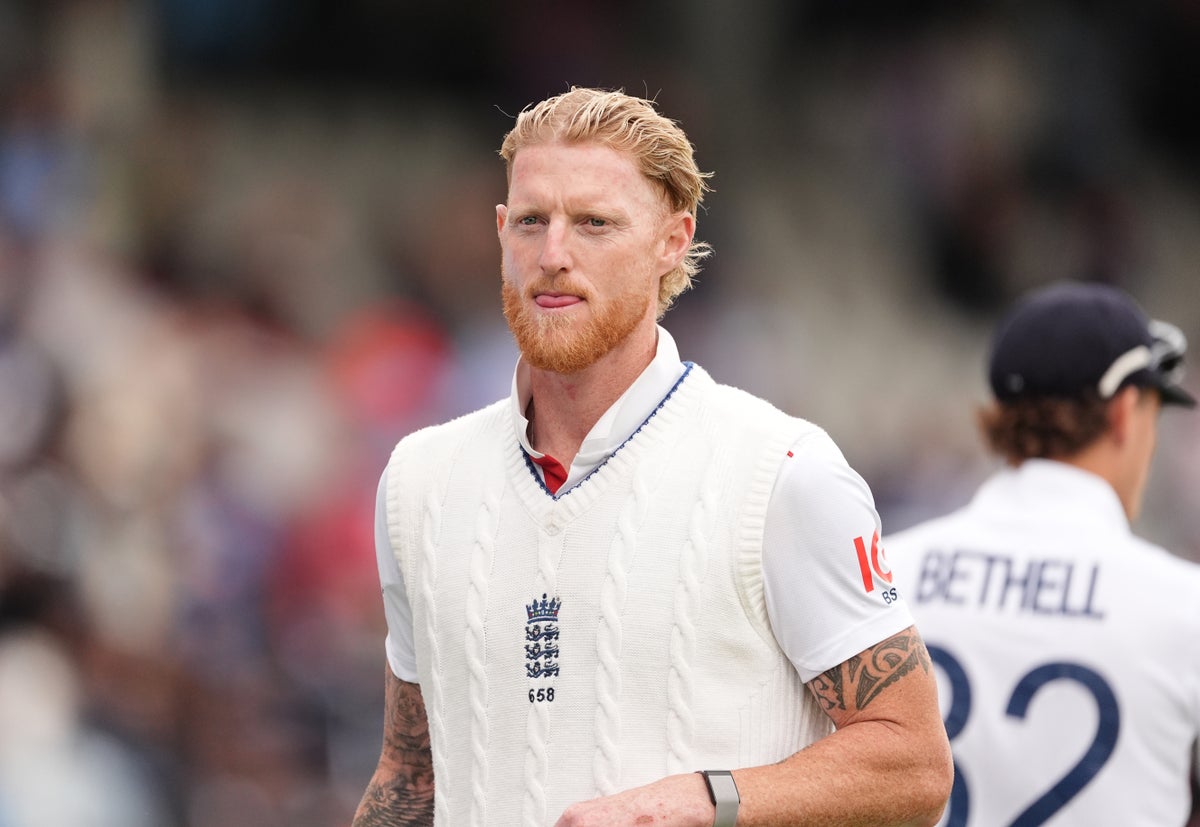
Nearly 12 years on from announcing his arrival in Test cricket with a rearguard ton at Perth, Stokes returns as captain for a series that may prove a referendum on a captaincy stint that has transformed the side’s attitude and fortunes. There can be no doubting that the all-rounder, in conjunction with coach Brendon McCullum, has empowered his squad to new heights, but this really is a defining test. Stokes looked back to his best as a bowler during the English summer – can his body last five matches shouldering a bowling burden? His side may need it to…
Harry Brook (vice-captain)
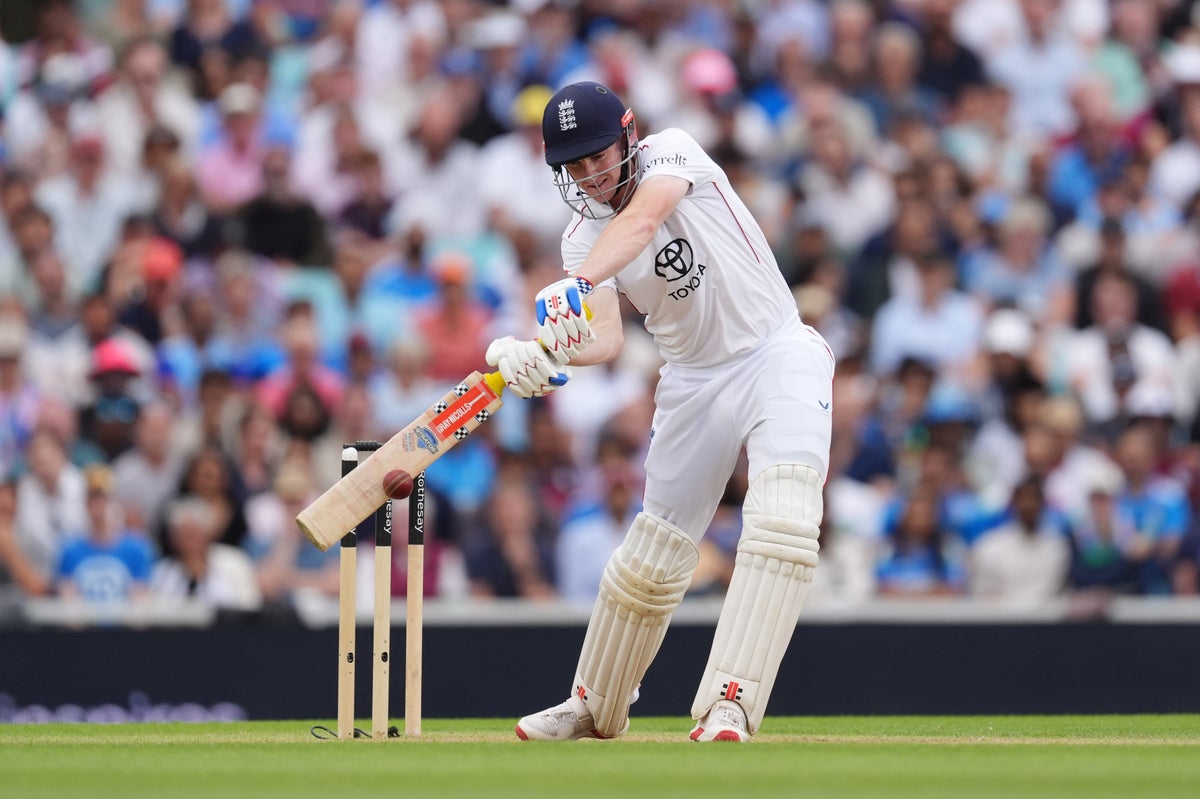
Promoted to vice-captain ahead of the series, England’s figurehead of the future has yet to really hit a snag in his time in Test cricket. An average of 57.55 and strike rate of nearly 90 are evidence of a player of glorious gifts, though he is yet to be tested against the red-ball on Australian pitches. One fancies he will find a way, and his leadership style clearly marries well with that of the England skipper.
Jofra Archer

How heartening it was to see Archer back in England whites during the India series after so many years of injury turmoil and tumult. It is a huge credit to the Sussex quick bowler that he has shown the resilience to get back into the Test team – and England, who have managed him well, recognising that he may be vital in this series. 22 wickets at 20 in his first Ashes series showcased the irresistible talent, even if was a wicketless spell to Steve Smith at Lord’s that proved an enduring memory.
Gus Atkinson
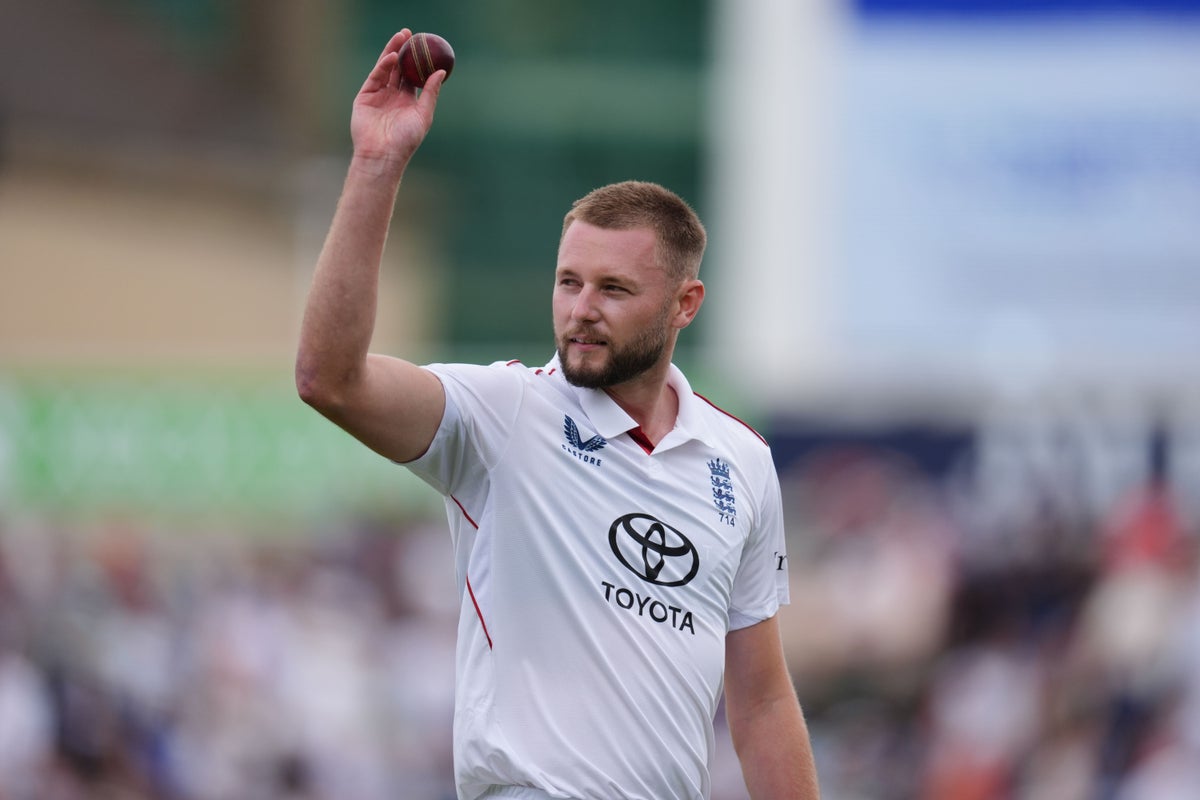
Few English cricketers have enjoyed as successful an introduction to Test cricket as Atkinson, who took 12/106 at Lord’s against the West Indies to finish with the best figures by an England debutant in 134 years. The Surrey seamer finished that summer on all three honours boards after a rollicking century against Sri Lanka, and 2024 by being named as one of Wisden’s Five Cricketers of the Year. A hamstring injury held up his progress this year yet his eye-catching end to the India series, taking a fourth five-wicket haul in just his 13th Test, displayed his talent yet again.
Shoaib Bashir

A curiosity of sorts, Bashir is a spinner unable to crack his county side but established as first-choice for his country. Picked as something of a punt for the 2024 tour of India, the 22-year-old has described the England environment as his “happy place” and is clearly highly valued by Stokes and co. There is a thought that his height and overspin will be handy Down Under – though Australia will surely come after him.
Jacob Bethell
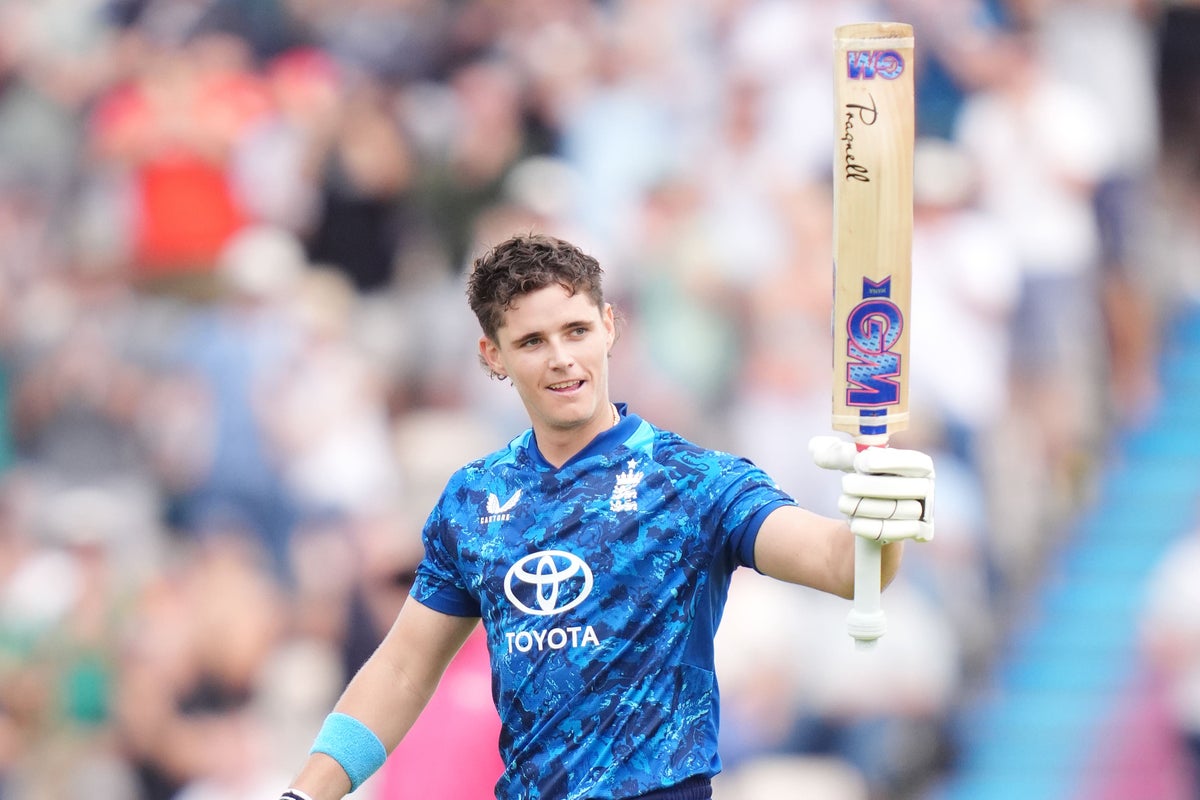
A princely talent long earmarked for big things, the mood music would seem to suggest that Bethell may be handed the No 3 slot after an assured start to his Test career in New Zealand last December. The left-hander has since captained England’s T20 XI and made his first professional hundred in an ODI against South Africa. No doubt, it would be a gamble to put him in ahead of Ollie Pope but sage judges believe Bethell is equipped with the talent, technique and ticker to thrive at the top level.
Brydon Carse
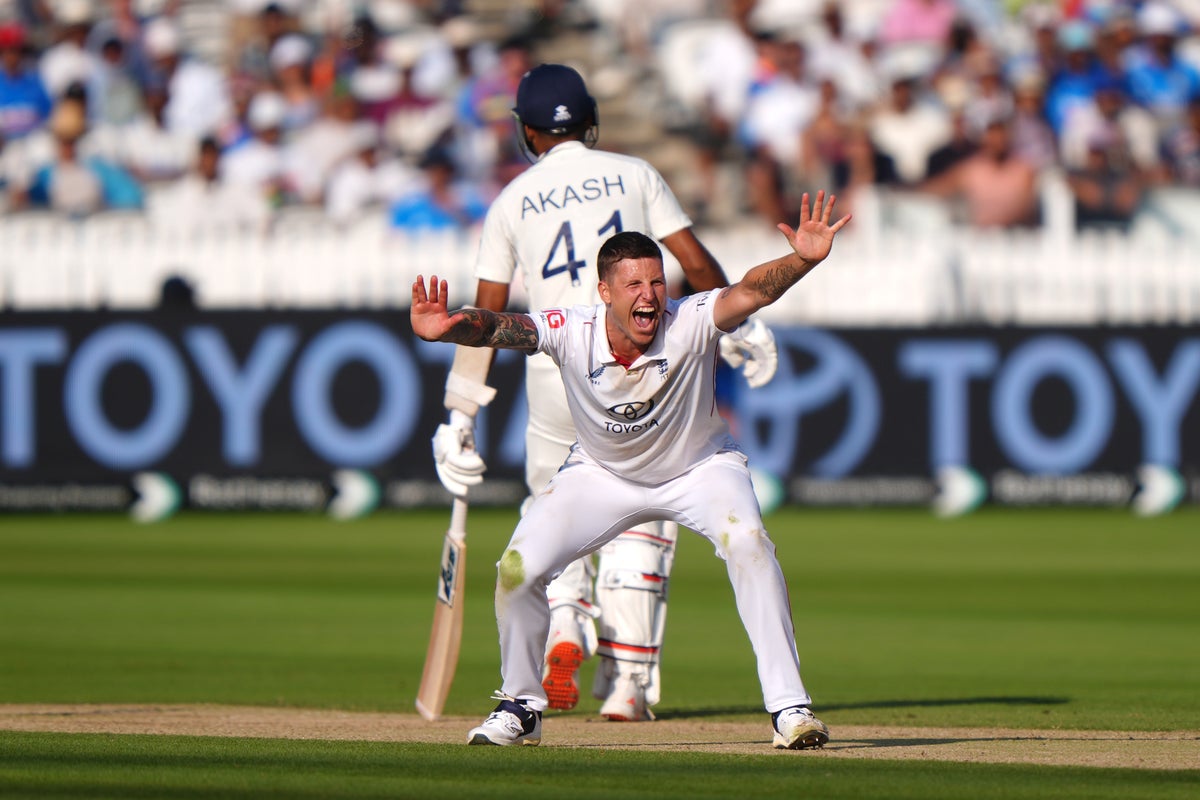
A figure of surprising importance to England across formats in the last 12 months, a Test debut might have come sooner for Carse were it not for a betting ban served during the 2024 summer. Quick and strongly built, Carse hits the deck hard and has proved the England selectors right in outperforming his County Championship statistics since a debut in Pakistan last year. Useful wielding the willow, too.
Zak Crawley
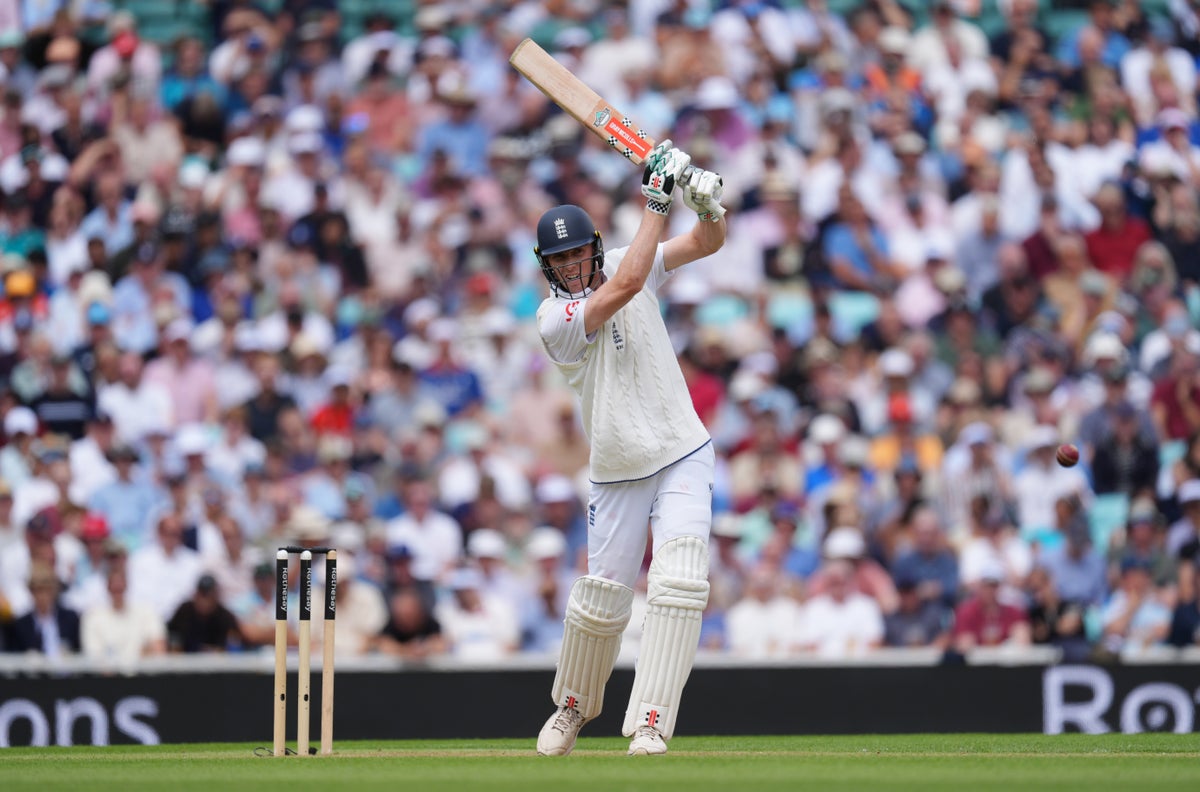
An enigma. It can be tricky to figure out Crawley, not yet a great Test opener but clearly a player with a capacity to play great innings, as his Old Trafford epic in 2023 showed. No batter in Test history has opened the batting so often (94 innings) yet averaged so little (30.88) – and yet his ability to play high pace, outstanding record against Starc, Cummins and Hazlewood and complementary partnership with Ben Duckett leave a cavalier cricketer assured of his spot.
Ben Duckett

The other half of England’s top-order Odd Couple, Duckett contrasts Crawley with his height and handedness, posing problems for bowlers attempting to find rhythm. Like his opening partner, the Nottinghamshire southpaw prefers to go on the attack, leaving the ball sparingly in an approach that has found real success over the last few years. Australia may wonder if his love of angled-batted shots through the offside could cause him issues on pitches with more bounce but his Test average continues to climb.
Will Jacks

A surprise selection, in some ways, Jacks is a valuable tourist with the capacity to cover a few different roles within the England squad. A tall off-spinner somewhat in Bashir’s mould, the batting all-rounder could balance the side if injuries strike Stokes or a radical rethink is required. While a regular in franchise leagues around the world, Jacks has also played plenty of very good cricket for a successful Surrey side in the County Championship.
Ollie Pope

Pope’s demotion from the vice-captaincy has been downplayed by England, with Rob Key suggesting it was no indicator of the potential peril surrounding his spot at No 3. It would be cruel on Pope to lose his spot now, clearly, having averaged 41.60 since asking for a promotion to the position after Stokes was installed as captain in 2022. Some suggest his sense of skittishness is ill-suited to the role, but Pope would surely relish a chance to right the wrongs of a tough trip to Australia in 2021/22.
Matthew Potts
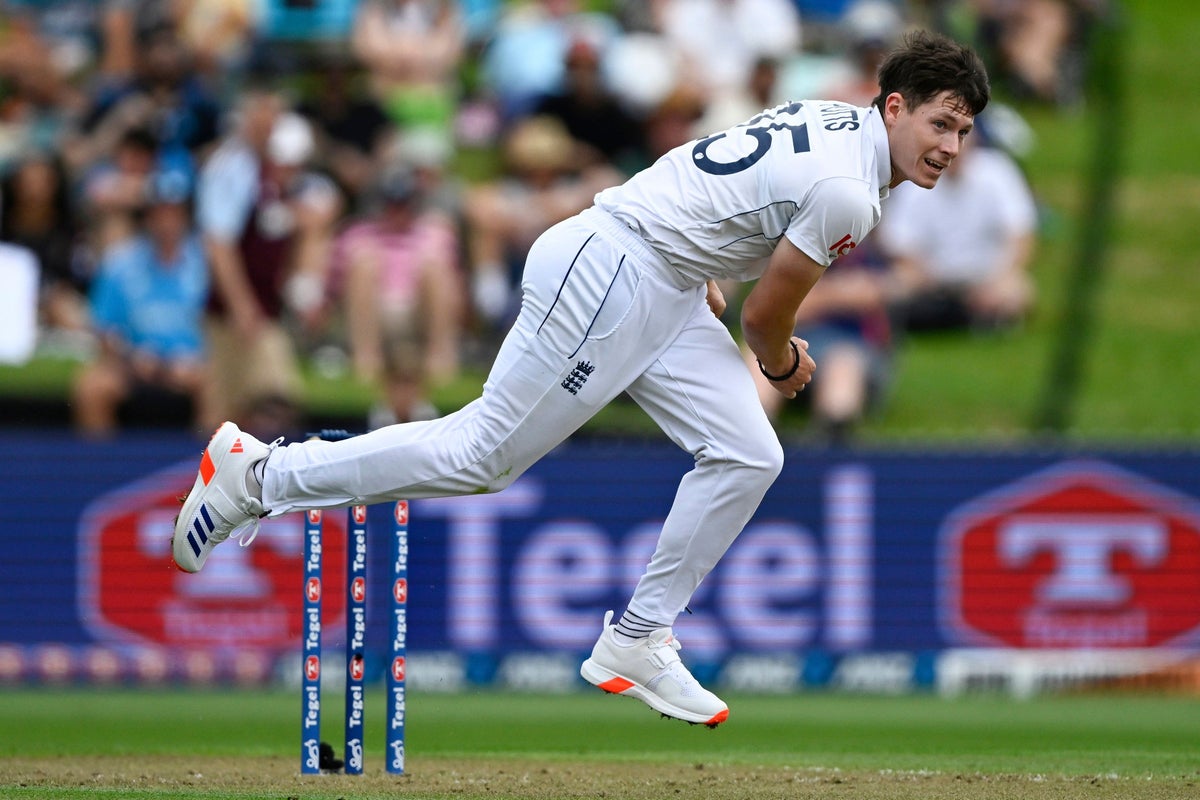
Mighty unfortunate not to feature during the summer as England looks elsewhere, there is a lot to like about the durable Potts – another seamer off the Durham production line. It is a sign of how pace-packed England’s attack is that a bowler capable of getting up to 85mph and beyond might be the slowest in their selection, yet that should not diminish Potts’ qualities. No mug with the bat, either, as a 149 not out as a nightwatchman in the 2024 showed.
Joe Root
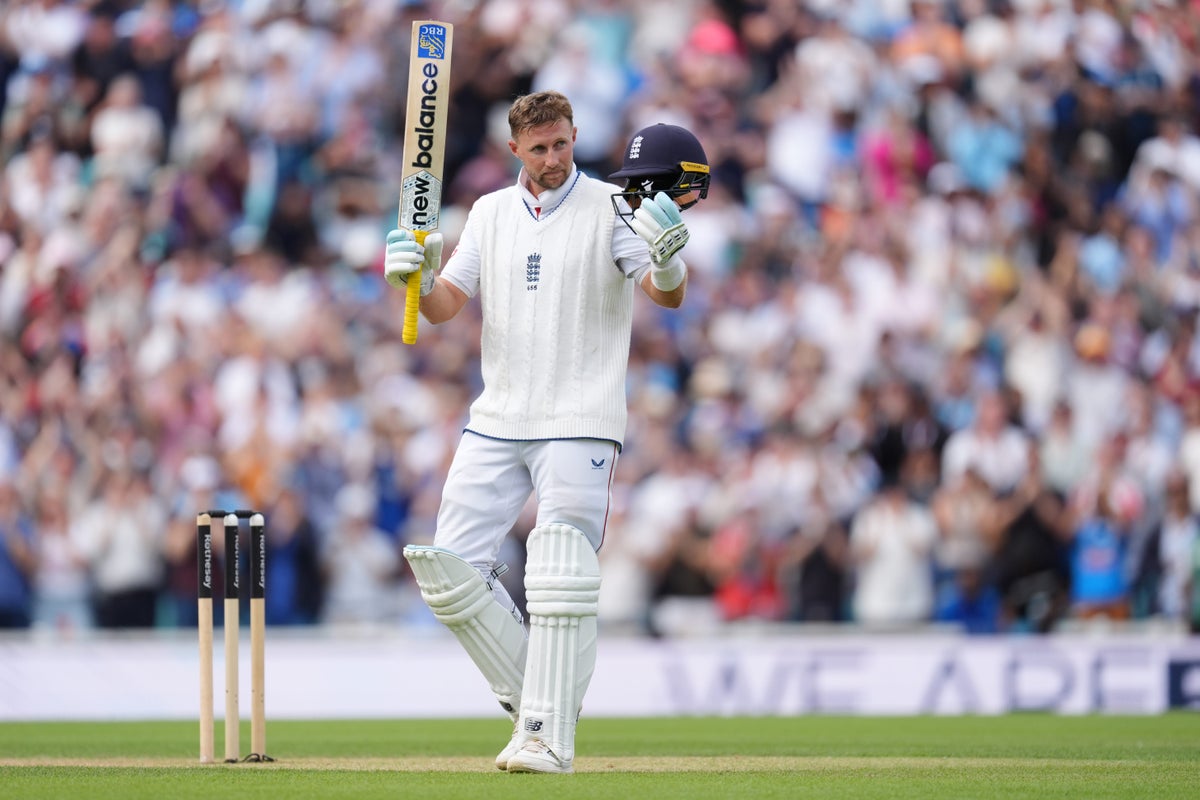
Shorn of the burden of captaincy that seemed to weigh him down on the last tour, Root is a better batter than ever as he looks to conquer the final frontier. The lack of a Test hundred in Australia will continue to be talked about until he shakes the monkey from his back – yet Root has played magnificently for so long now that it would be a great shock if he does not correct that curious record to further accentuate his legacy.
Jamie Smith (wk)

Thrust into the England side in 2024 at the expense of Jonny Bairstow and Ben Foakes, Smith soon showed why. His natural talent with the bat has been matched with solidity behind the stumps and a mature understanding of both his role and Test cricket. A move up the order may one day beckon but England are loth to move their gloveman from No 7 for now – understandably.
Josh Tongue
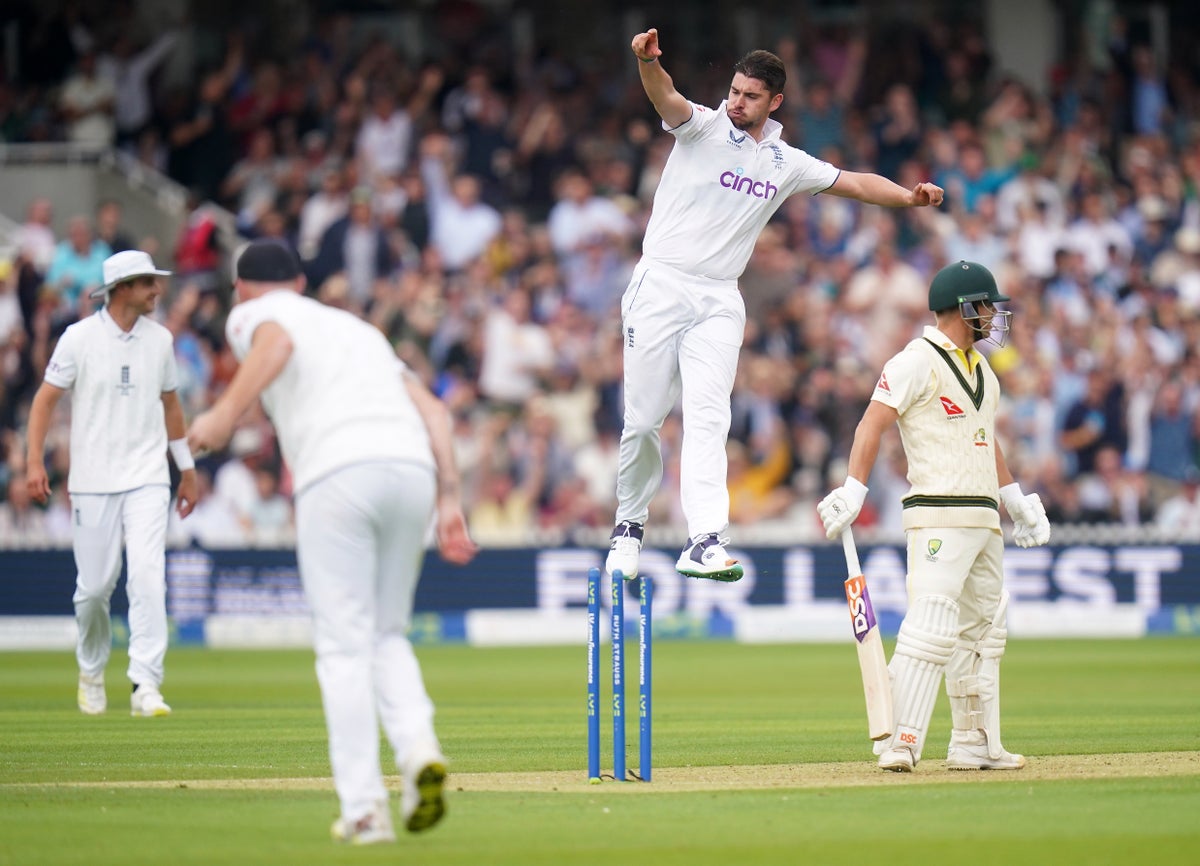
Another fascinating cricketer in this England side, Tongue does not always find consistency yet his pace and awkward angle of attack troubled Steve Smith significantly in 2023, and he has fought through back issues to add to England’s seam depth. Nicknamed “The Mop” for his ability to clean up the tail, Tongue targets the stumps and tends to take wickets in bursts – useful skills.
Mark Wood

Maybe the fastest bowler England have ever produced, this could prove Wood’s swansong in Test cricket after a frustrating year spent in the recovery room rather than on the pitch. His injection alongside Chris Woakes into the 2023 Ashes transformed the series and there are few finer sights than the 35-year-old at full tilt. Skiddy and always smiling, the popular Wood differs from most in the squad in being both teetotal and not liking golf.
The Independent’s combined Ashes XI
Ben Duckett (Eng), Usman Khawaja (Aus), Steve Smith (Aus), Joe Root (Eng), Harry Brook (Eng), Ben Stokes (England), Jamie Smith (Eng), Pat Cummins (Aus), Mitchell Starc (Aus), Nathan Lyon (Aus), Josh Hazlewood (Aus).
